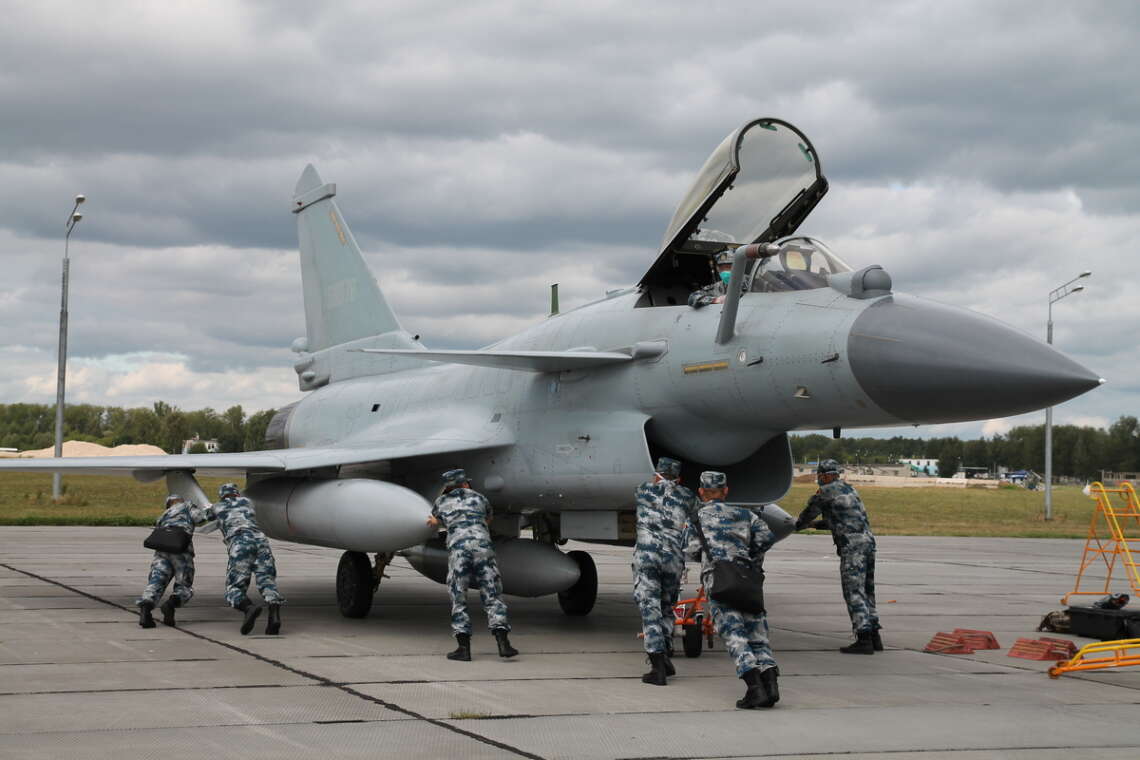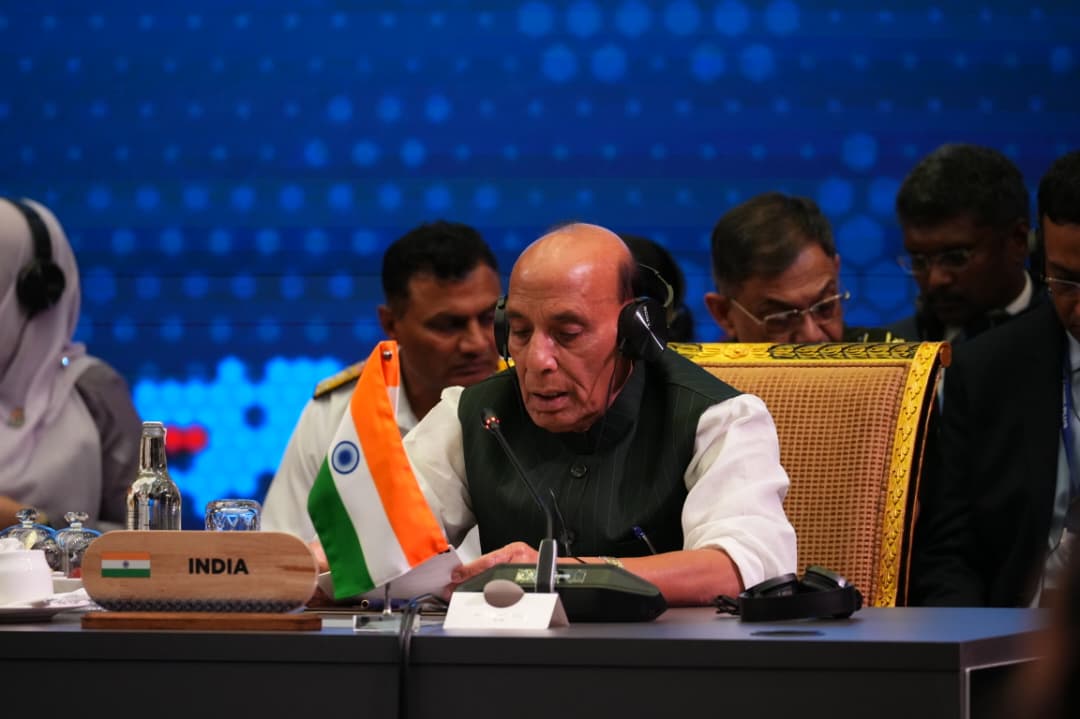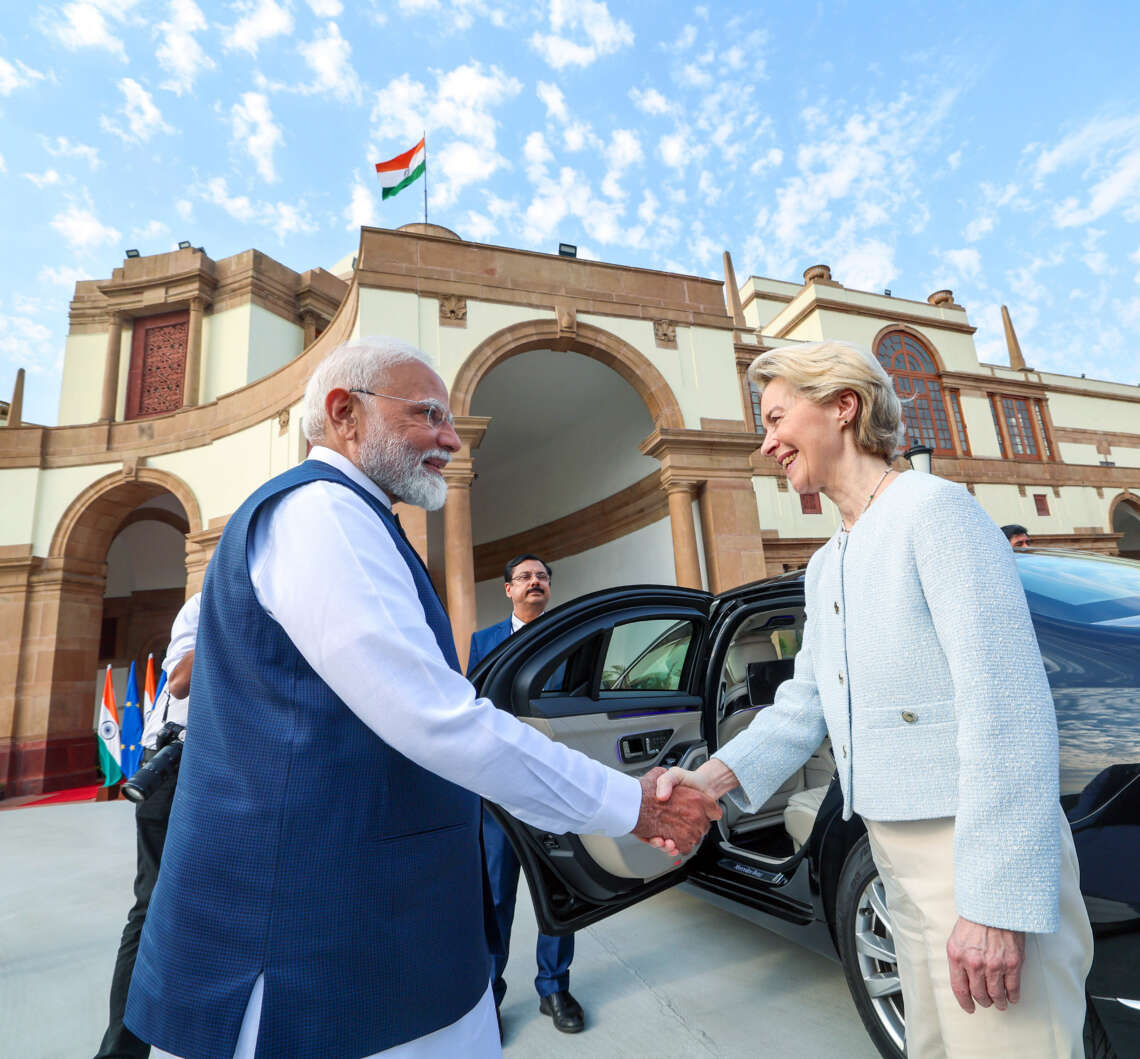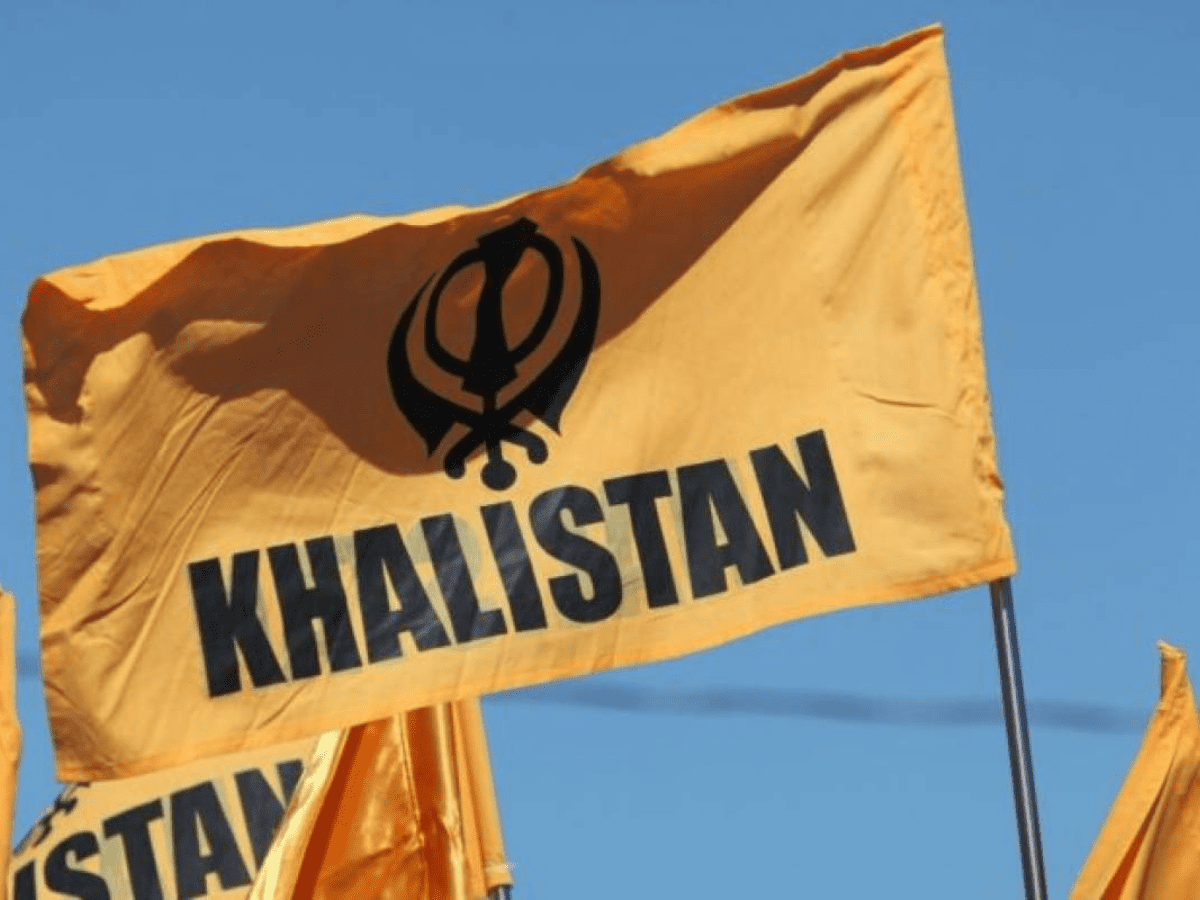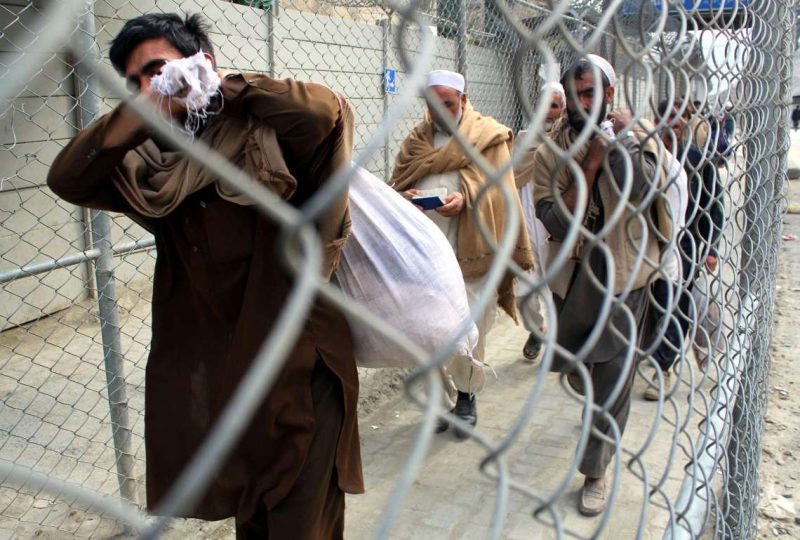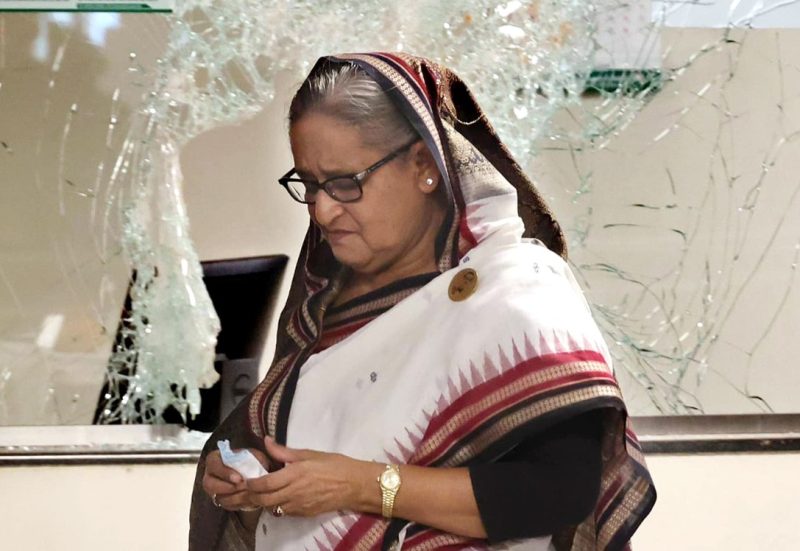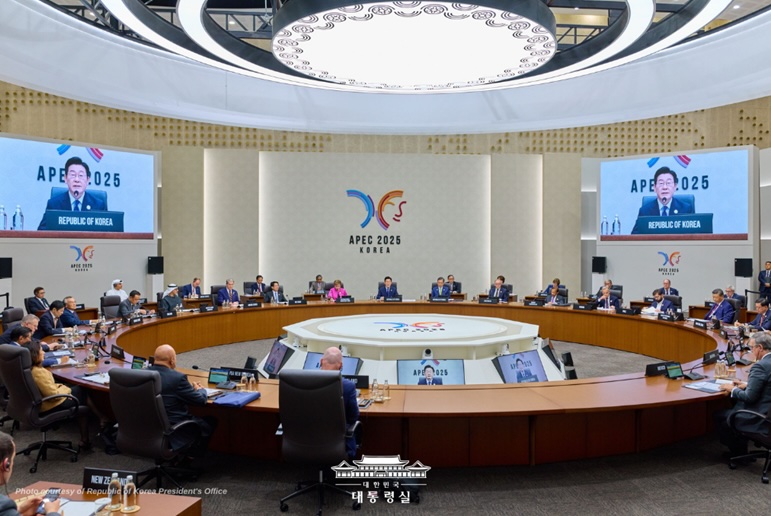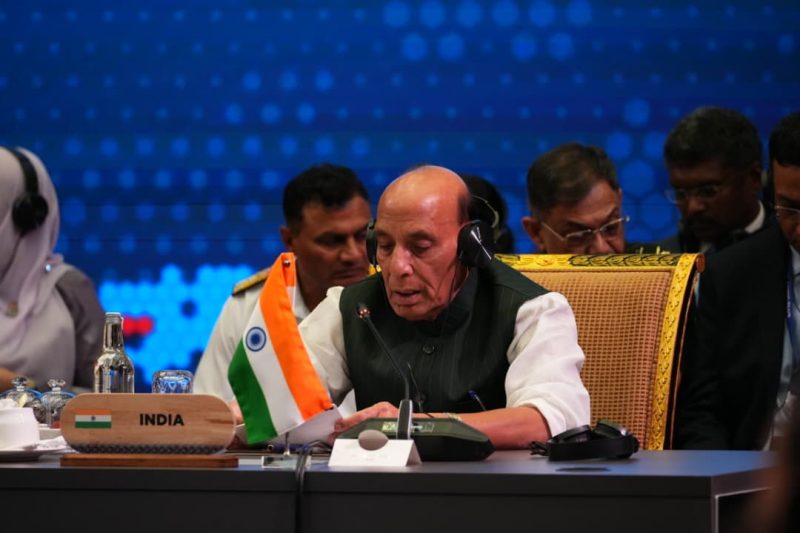Mounting evidence indicates that systemic corruption and persistent quality issues within China’s defence industry are eroding the reliability and global credibility of its military exports…writes Rishan Sen
For over a decade, China has established itself as a major global arms supplier, offering military hardware at prices often far below those of Western competitors. This affordability has made Chinese defence exports especially attractive to developing nations with limited budgets but growing security needs.
However, a growing body of evidence suggests that systemic corruption and quality deficiencies within China’s defence sector are undermining the reliability and effectiveness of its military exports. For importers, these issues not only compromise operational readiness but also pose significant strategic and financial risks.
The recent expulsion of two Chinese defence ministers, Li Shangfu and Wei Fenghe, from the Communist Party, both of whom previously held senior posts overseeing procurement, has exposed the scale of dysfunction within China’s military-industrial complex. Investigations have revealed that bribes, cronyism and inflated contracts are rife across key defence institutions.
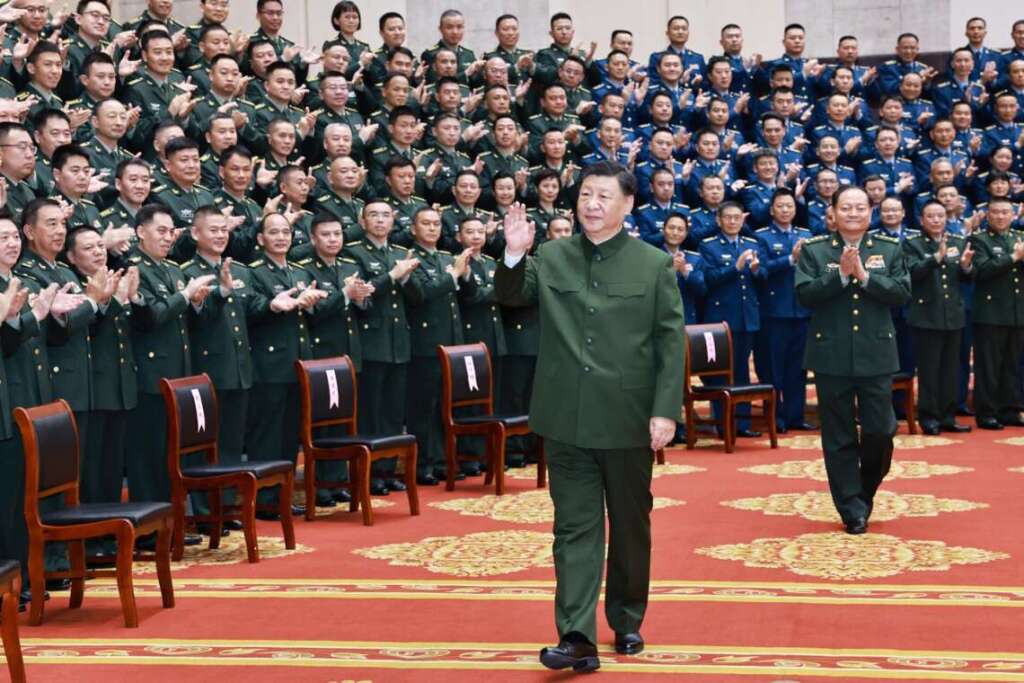
Tan Ruisong, former chairman of the state-owned Aviation Industry Corporation of China (AVIC), too is under formal investigation. Meanwhile, the Rocket Force, a key pillar of China’s strategic deterrent, is reportedly riddled with graft, as indicated by the abrupt disappearance or investigation of multiple senior officers. These cases go beyond routine political purges; they point to a systemic problem in how China produces and sells military equipment. The Pentagon has highlighted that such corruption could even impede China’s military modernization goals, particularly its ambitions concerning Taiwan. The pervasive nature of corruption within the People’s Liberation Army (PLA) raises concerns about the integrity of China’s defence apparatus and its exported military equipment.
Such a degradation is also clearly visible in the performance of Chinese military exports across multiple client states. Pakistan, one of Beijing’s closest defense partners, has repeatedly experienced issues with the F-22P frigates it acquired from China. These have suffered from faulty missile systems and unreliable radar equipment, while the performance of Chinese-made weapons in Pakistan’s recent conflict with India is another significant case in point.
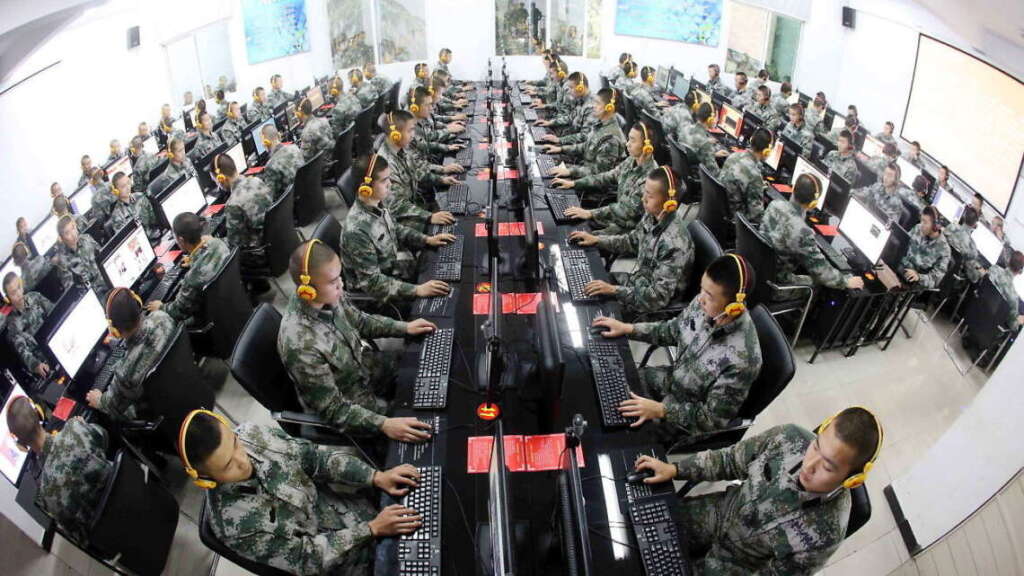
Myanmar has grounded its fleet of JF-17 fighter jets due to engine failures, poor radar performance, and structural weaknesses, many of which emerged soon after acquisition. However, Myanmar’s air force still actively deploys Chinese made jet fighters as well as transport planes to attack opposition forces.
This is despite a long-standing lack of confidence among Myanmar’s generals in the quality and reliability of Chinese-made military hardware. In 2024, an ethnic armed resistance group shot down a Chinese made FTC-2000 G jet fighter in northern Shan State, further exposing the vulnerabilities of Chinese made tech and exacerbating long-standing concerns within the junta.
Algeria, too, has faced repeated crashes of Chinese-made CH-4 drones during trials, raising concerns about their battlefield utility. Even countries like Bangladesh have reported that basic trainer aircraft, such as the K8-W, struggled to perform rudimentary functions like firing onboard ammunition properly. These failures therefore reflect a deeply-rooted quality control problem that stems from rushed production, lack of testing and the prioritization of quantity over quality.
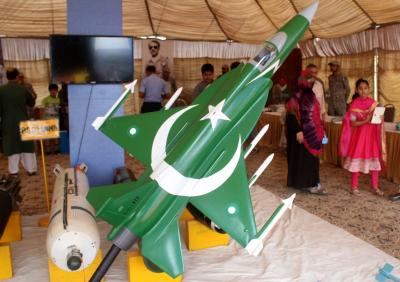
These are not rare outliers. They are symptomatic of a defence sector where corruption undercuts every link in the supply chain from design and procurement to production and export. The corrosion of integrity in the Chinese defence establishment has unfortunately undermined the very utility of its products. It is no coincidence that several of China’s partner states have quietly begun limiting new purchases or turning to other suppliers.
Such issues also carry significant strategic and operational consequences for importing nations. Military forces that rely on defective or unreliable systems are left with major capability gaps, especially during periods of conflict or crisis. The cost-effectiveness of Chinese arms quickly disappears when states must spend disproportionately on repairs and spare parts, or seek third-party contractors to maintain functionality. Moreover, depending heavily on one supplier, particularly one with a questionable track record, limits a country’s defense autonomy and exposes it to diplomatic pressure or supply chain vulnerabilities.
Given these realities, a strong case can be made for diversifying defense procurement away from Chinese sources. Importing countries should increasingly look toward alternative suppliers with stronger transparency standards and proven technical reliability. Furthermore, building regional defence partnerships and investing in domestic military industries, however incrementally, can create redundancy, improve bargaining power and ensure that national defense is not held hostage to the failures of one foreign supplier.
In conclusion, the intersection of systemic corruption and compromised quality in China’s defense sector poses serious long-term risks for military importers. While the appeal of Chinese military equipment may lie in its affordability, the hidden costs—operational, strategic and financial—are mounting. As China’s internal defense credibility falters due to systemic corruption, it is imperative for importers to re-evaluate their dependence and pursue more diversified, resilient and transparent defense partnerships.


